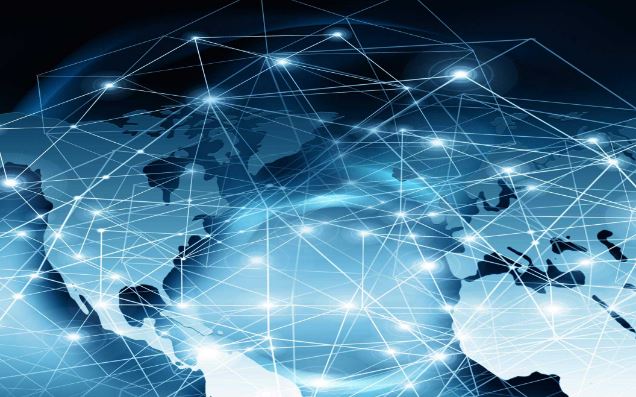
The Internet is the global computer network that links billions of devices worldwide.
It consists of millions of interconnected networks and carries communications and information using the internet protocol suite (TCP/IP), which was developed by Vint Cerf and Bob Kahn.
As well as its original use to access web pages and send emails, the internet is now used to carry traditional telephony services and files.
The origins of the internet lie in the ARPANET, which was built as a backbone for communication between academic and military networks by the United States government. Research was first commissioned by the US in the 1960s.
In 1969 there were four computers on the ARPANET, then in 1971 there were 15 sites connected but this grew to 5,000 in 1986 and from there it skyrocketed into the hundreds of millions.
Is the internet the same as the World Wide Web?
It should be remembered that the Internet is not synonymous with the World Wide Web. The Web is a way of accessing information over the Internet – in essence, it is built on top of the Internet.
What are Web 2.0 and 3.0?
The terms Web 2.0 and Web 3.0 are used to describe eras of the internet beyond the first iteration that grew out of the ARPANET.
Web 2.0 refers to the ‘social web’ that came about through the growth of hub-like social networks such as Facebook and Twitter that allow people to communicate under a single platform.
Web 3.0 refers to the emerging idea of a decentralised internet, which heavily ties in with technologies like the blockchain, cryptocurrencies, NFTs and the metaverse.
While we are still very much living in the Web 2.0 era, there is disagreement as to when or even if Web 3.0 as it is currently conceived will take over.






